How much exercise do I really need?
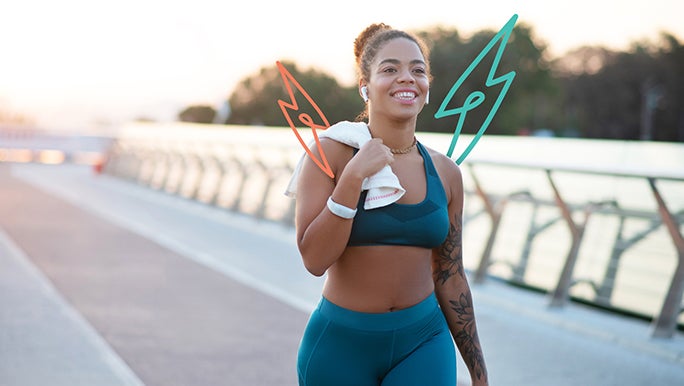
Is 30 minutes per day of exercise most days really enough? It can be – although many of us seem to struggle to get that much.
Key points:
- It's generally recommended that adults get 150 minutes of moderate-intensity exercise a week
- Being active is good for your body and your mind
- There is more than one type of exercise, our bodies need a combination of them for optimal health.
- Looking after yourself means knowing if you’re not training enough – or training too much.
For a healthy lifestyle, the World Health Organisation (WHO) recommends at least around 150 minutes per week of moderate-intensity aerobic exercise. Unfortunately, they report that around 81% of adolescents and 28% of adults don’t get this amount.
Physiotherapist Brad McIntosh defines ‘moderate-intensity exercise’ as any movement that gets your heart rate up and makes you breathe faster.
He comments that “You don’t need to do cardio every day to stay healthy. Your body also needs rest days to recover and stay strong.”
To increase your incidental activity, look at a typical day and identify anywhere you can challenge yourself to move more.
What most people don’t realise, he adds, is that ‘rest days’ don’t necessarily mean staying sedentary. He recommends staying active on rest days by stretching or walking.
Try taking a yoga class or increase your incidental exercise by spending some time in the garden.
The benefits of exercise
Whether you play organised sport, enjoy the gym or just love running, physical activity is important. And the benefits go far beyond a healthy weight (in fact, exercising without a healthy diet is unlikely to do much to change your weight).
Being active is also good for your body and your mind - exercise can:
- strengthen your muscles and bones
- help boost your mood
- give you more energy
- reduce your risk of chronic illness
- help with skin health
- improve mental clarity and memory function
- enable you to sleep better
- aid pain relief
- boost your libido
More importantly, exercise can be fun. A 2011 study investigated how people felt about exercise, and then how they felt afterward. The results showed that many of us regularly underestimate how much we enjoy exercise.
Of course, some forms of physical activity are hard. You might find yourself out of breath, tired and a bit sore.
But the more you do, the easier it becomes. Brad comments that, “some muscle soreness after new or vigorous exercise is completely normal. It means your muscles have worked hard during training, and they’re adapting and getting stronger.”
And when you feel stronger and healthier, you generally feel better, which can motivate you to keep going and do more.
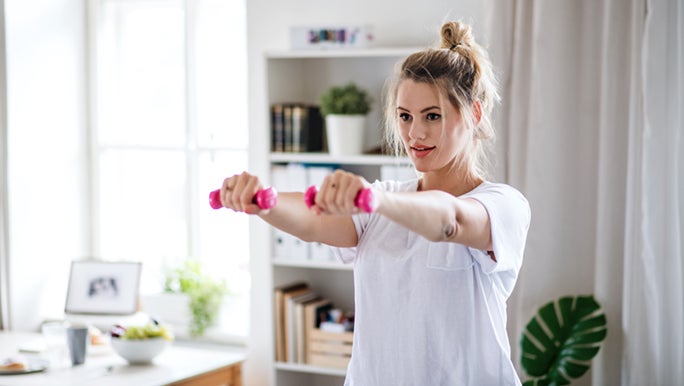
Physiotherapist Brad McIntosh says that, "you don't need to do cardio every day to stay healthy."
Different types of training
Brad says that there are several different types of exercise, and our bodies need a combination of all of them for optimal health.
He breaks these types down into:
- strength training
- cardio
- flexibility
Let’s look at each of these exercise types in turn.
Strength training
Many women avoid strength training – perhaps because they don’t have time to get to the gym or find it easier to go running, walking or cycling.
Whatever the reason, strength training is about more than just looking after your muscles. Yes, muscle health is important - according to Harvard Medical School, people lose between 3% and 5% of their muscle mass every decade after the age of 30."
But strength training is also essential for building strong, healthy bones – and the good news is, you don’t need to go to the gym.
Quick, easy strength training at home
Strength training doesn’t need to take a lot of time, or even any equipment.
Here’s what you can achieve in less than 10 minutes:
- 10 push-ups (keeping your knees on the floor is OK)
- 10 lunges on each leg
- 10 reverse lunges also on each leg
- 10 thigh-burning squats
- 1-minute plank
Just don’t forget to stretch before and after each session.
Reward yourself by increasing the challenge
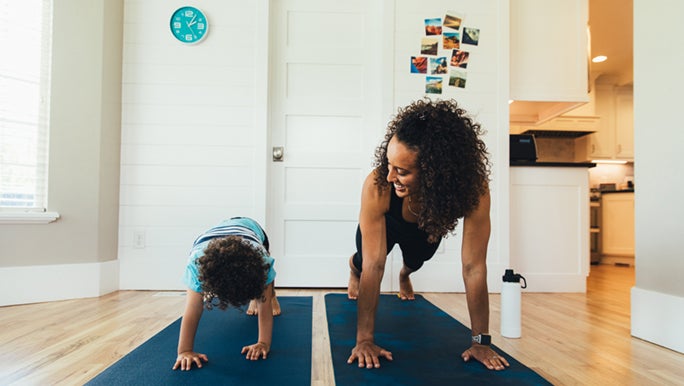
Increasing the number of exercises is recognition for the progress you've made and keeps you motivated.
After you’ve mastered the 10-minute strength program, you can add another set of each exercise. Or mix things up by adding some glute bridges, tricep dips or calf raises.
Increasing the time or number of exercises isn’t about punishing yourself. Instead, it’s about recognising the improvement you’ve made and keeping yourself interested.
Building your core
Being able to lift heavy weights is one thing, but having a strong core is next-level. Core strength isn’t just about doing hundreds of crunches or having a six-pack, though. Your core runs the entire length of your torso, so strengthening it means strengthening all the muscles from your hips to your shoulders.
When you contract your core muscles, you support your spine, pelvis and shoulders - your entire frame, really. This is essential, Brad says, because it helps to prevent injury.
“Weak core muscles can lead to a ‘swayback posture’,” he says. In technical terms, this is called a ‘loss of lumbar curve’. To maintain good posture and reduce the strain on your spine, you need to include core exercises in your fitness plan.
Cardiovascular exercise (aka ‘cardio’)
Cardiovascular or aerobic exercise is anything that increases your heart and breathing rates and keeps them there while you’re training. “This challenges your body and strengthens your heart and lungs,” Brad says.
He goes on to explain that ‘aerobic exercise’ refers to the way your body uses oxygen to produce energy. That’s
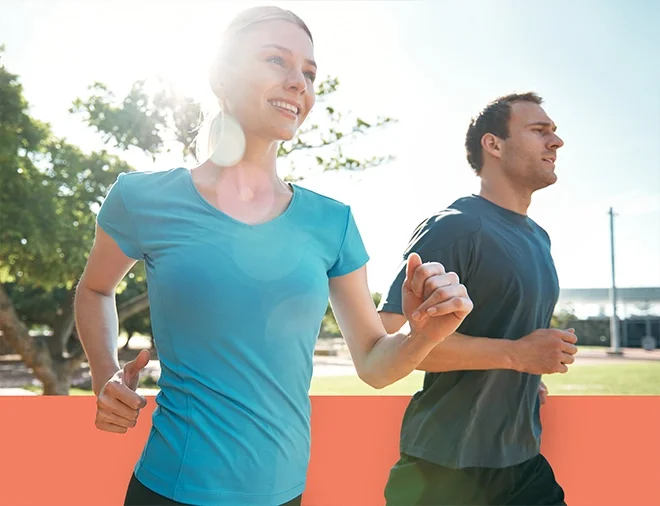
What does running do to your body?
When you set fitness goals, avoiding pain and injury should be your number one priority. So what does running do to your body and do the benefits outweigh the risk of injury?
why aerobic fitness improves both your body’s cardiovascular and respiratory systems.
So what specific forms of exercise count as cardio?
The obvious way to get your blood pumping is running. “Running encourages you to set meaningful fitness goals,” Brad comments.
For example, if you’re a newbie, you might want to run 5 kilometres in 30 minutes by Christmas. Setting meaningful goals is an important part of mental wellbeing.
Another option is skipping. You probably jumped rope all lunchtime when you were in primary school. Did you know that it’s one of the best activities to get your heart rate up? It’s actually a full-body workout, and just 10 minutes can provide the same benefits as 30 minutes of jogging.
Other options could include dance classes, boxing, or spin classes at your gym.
Flexibility
We’re all born with amazing flexibility: just watch a baby put their toes in their mouth. However, as we age we generally lose this natural ability to move muscles and joints through their complete range unless we actively work to maintain it.
If you lead a fairly sedentary lifestyle, your body will quickly adapt to the limited range of movement you put it through. Even if you’re fairly active, your body still stiffens with age.
A few ways in which you can improve your flexibility include:
- warming up and stretching
- massage or foam rolling
- Tai chi
- yoga
- Pilates
How much exercise is enough? Is there too much?
Looking after yourself means knowing if you’re not training enough – or training too much.
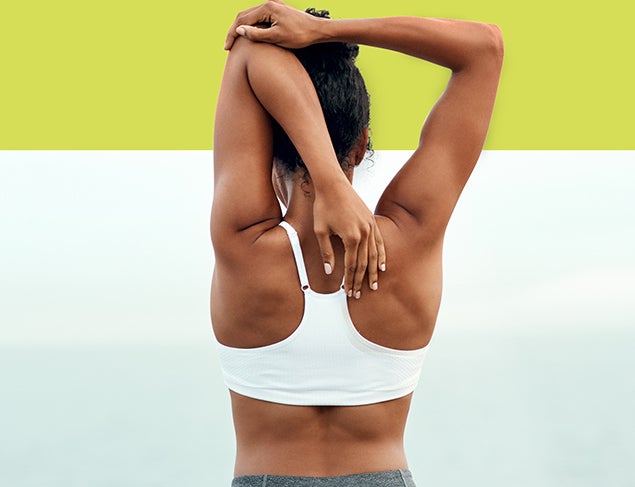
Does warming up really prevent sporting injuries?
Play sports? Been injured? We get it – you want to know how to get better.
A good physiotherapist or personal trainer can help you create a fitness plan based on your individual goals. Brad also says that any plan should incorporate a variety of physical activities and incidental exercise.
“To increase your incidental activity, look at a typical day and identify anywhere you can challenge yourself to move more,” he suggests.
It’s not enough to do one type of exercise. If you usually walk or run alone, why not add in a yoga class to mix things up? Or, if you only do strength work, consider adding in some cycling?
However, if you’re getting injured or feel sore all the time, you might be doing too much. Additionally, if you're constantly feeling tired or starting to dread going to the gym, you may be over-exercising. In those cases, you need to listen to your body and know when it’s time to rest.
However, Brad says that it’s a balancing act. “One of the most effective methods to minimise muscle soreness, by far, is to exercise consistently.”

Aerobic exercise refers to how your body uses exercise to produce energy.
Building activity into your day
Physical activity doesn’t have to be structured. Simply making small changes to your daily routine to get more incidental exercise can make a big difference.
The key is, as we talked about above, to mix it up so that you’re getting a range of different exercise types into your day. “And don’t forget rest days,” Brad says. “They’re imperative to allow your muscles to recover, and your soft tissue to heal.”
So resting also prevents injuries. Who knew?!
Related:
- Why is sleep important?
- How do I bring better foods into my diet?
- How to create habits you can actually stick to
Brad McIntosh is a highly-trained and well-regarded physiotherapist with a particular clinical and research interest in knee rehabilitation.
Reviewed by the healthylife Advisory Board June 2021